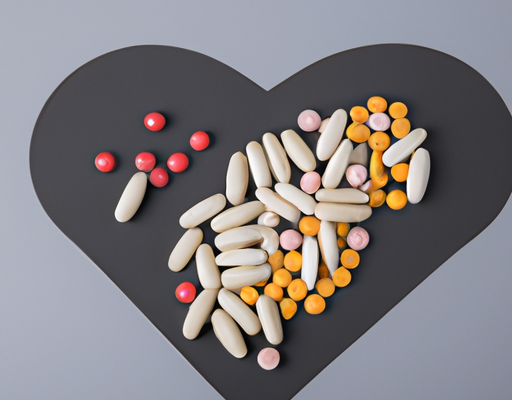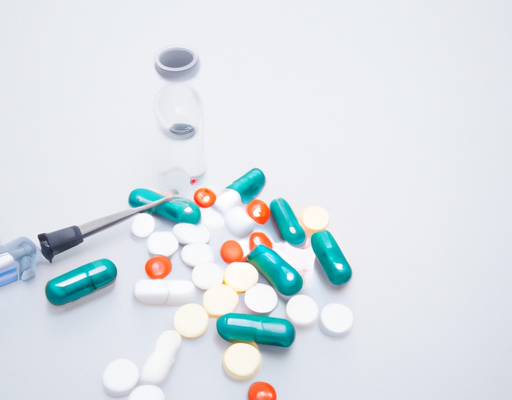Many people who switch to a ‘more nutritious’ diet wonder: what if I eat 500% of the recommended daily allowance of vitamin C or 1000% of vitamin B12, is it dangerous?
We hasten to reassure all those who eat correctly: with the single exception of vitamin A from liver (more on that below), an excess of vitamins that enter our body with normal everyday food is completely safe.
However, if you are taking vitamins or consuming specially fortified products in addition to your normal diet, you should be aware of certain guidelines and limits. There are no special restrictions on the consumption of vitamins, with the exception of vitamin A, in the current Russian standards, and below we provide recommendations from the American Academy of Sciences:
| NUTRIENT | MAXIMUM ALLOWED | RATIO TO RECOMMENDED INTAKE |
| Vitamin A (retinol), mcg | 3000* | 330%* |
| Vitamin C (ascorbic acid), mg | 2000 | 2200% |
| Vitamin D (cholecalciferol), mcg | 50 | 500% |
| Vitamin E (alpha-tocopherol), mg | 1000* | 6700%* |
| Vitamin K | – | no data |
| Vitamin B1 (thiamine) | – | no data |
| Vitamin B2 (riboflavin) | – | no data |
| Vitamin PP (B3, niacin), mg | 35* | 175%* |
| Vitamin B5 (pantothenic acid) | – | no data |
| Vitamin B6 (pyridoxine), mg | 100 | 5000% |
| Vitamin B9 (folic acid), mcg | 1000* | 250%* |
| Vitamin B12 (cyanocobalamin), mcg | – | no data |
| Choline, mg | 3500 | 700% |
| Biotin | – | no data |
| Carotenoids | – | no data |
| Boron, mg | 20 | 2000% |
| Calcium, mg | 2500 | 250% |
| Chromium | – | no data |
| Copper, mcg | 10000 | 1000% |
| Fluoride, mg | 10 | 250% |
| Iodine, mcg | 1100 | 730% |
| Iron, mg | 45 | 450% |
| Magnesium, mg | 350* | 87%* |
| Manganese, mg | 10 | 500% |
| Molybdenum, mcg | 2000 | 2900% |
| Phosphorus, mg | 4000 | 500% |
| Potassium | – | no data |
| Selenium, mcg | 400 | 570% |
This restriction applies only to nutrients taken in the form of supplements and/or as part of artificially enriched products, and does not apply to nutrients consumed as part of ordinary products.
Now, about vitamin A. Large stores of vitamin A in the form of retinol are stored in the liver, where excess daily doses are accumulated. Therefore, regular consumption of large amounts of liver can lead to chronic retinol poisoning, although very large doses are required for this. It is considered dangerous to consume more than 7500 mcg (800% of the recommended daily allowance) daily for more than 6 years or more than 30000 mcg for more than 6 months. Acute vitamin A poisoning is possible with single doses of more than 7500 mcg/kg, (i.e. about 50,000% of the recommended daily allowance), such doses may be found in the liver of polar animals – white bears, walruses, etc. Such poisonings have been described in the first polar explorers since the late 16th century.
Excess retinol is particularly dangerous for pregnant women due to its teratogenic effects. Therefore, there are even medical recommendations for women who have received vitamin A therapy to wait a few months before becoming pregnant to deplete excess retinol stores in the liver. And this vitamin must be monitored during pregnancy, particularly when taking “beneficial dietary supplements”.
The maximum allowable level of retinol consumption is 3000 mcg for all adults, regardless of natural or artificial sources.
However, most people in mid-latitudes get enough vitamin A in the form of beta-carotene. And they are right to do so, because it is completely safe in any reasonable amounts, unlike retinol. Even if you consume beta-carotene in completely unreasonable doses, you are not at risk, except that your nose or palms may turn orange.
This condition is completely safe (if you don’t count the fear of people around you:), and it will pass if you stop consuming carrots in mega doses.
Therefore, if you are not using additional supplements and are not abusing liver, there is no need to fear excess of any food substances. Our body is designed for a wide range of vitamin and micronutrient consumption.





No Comments